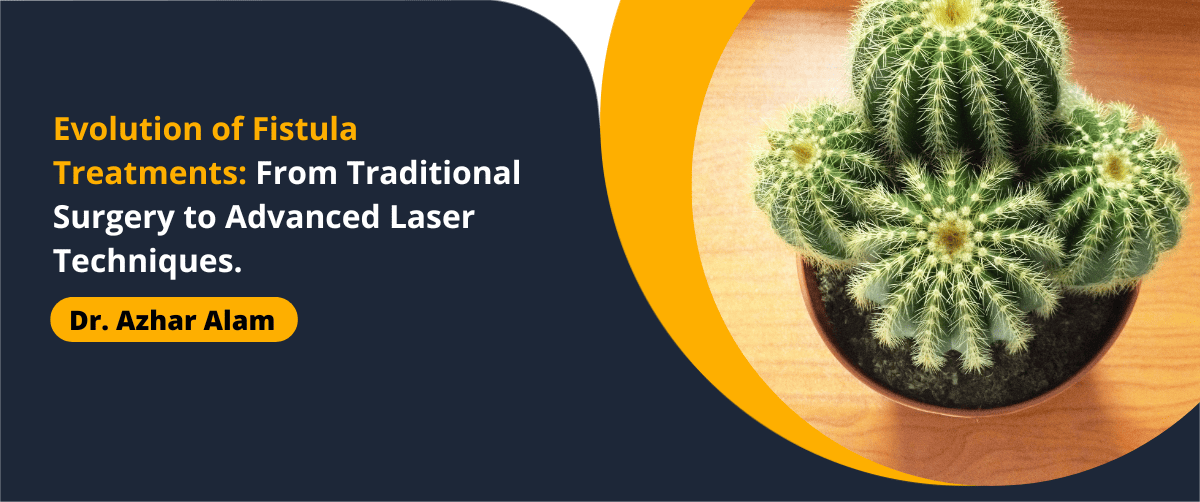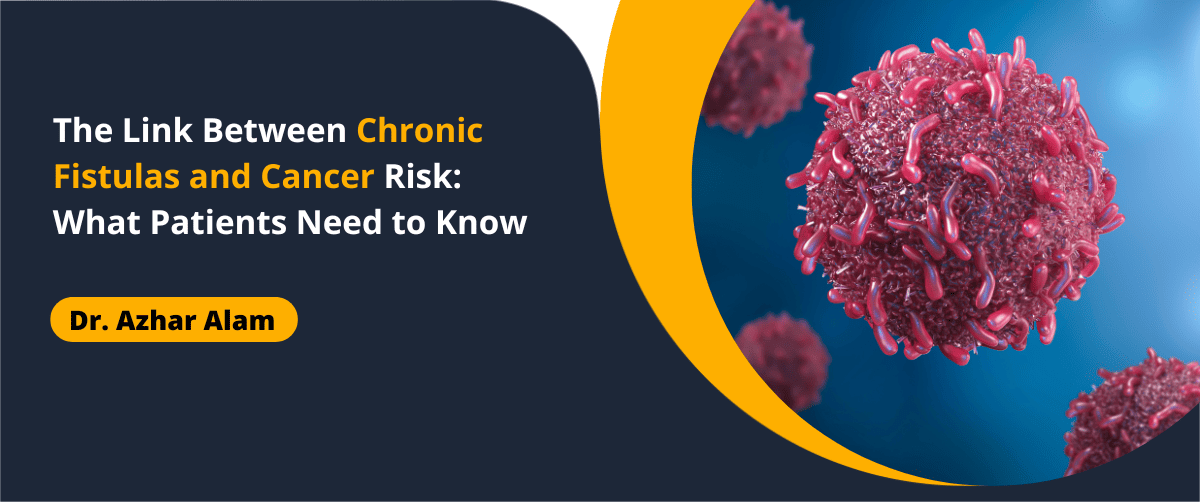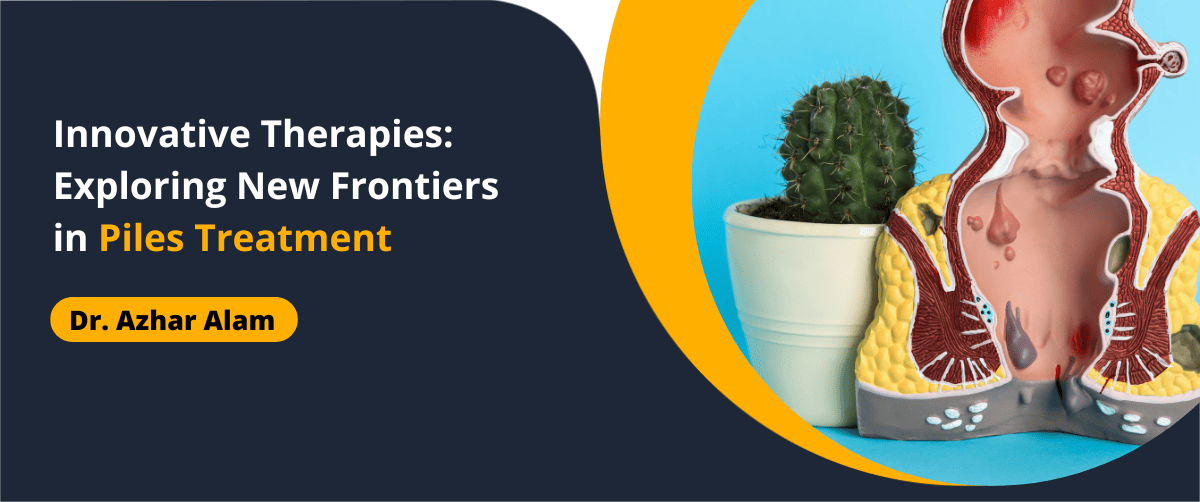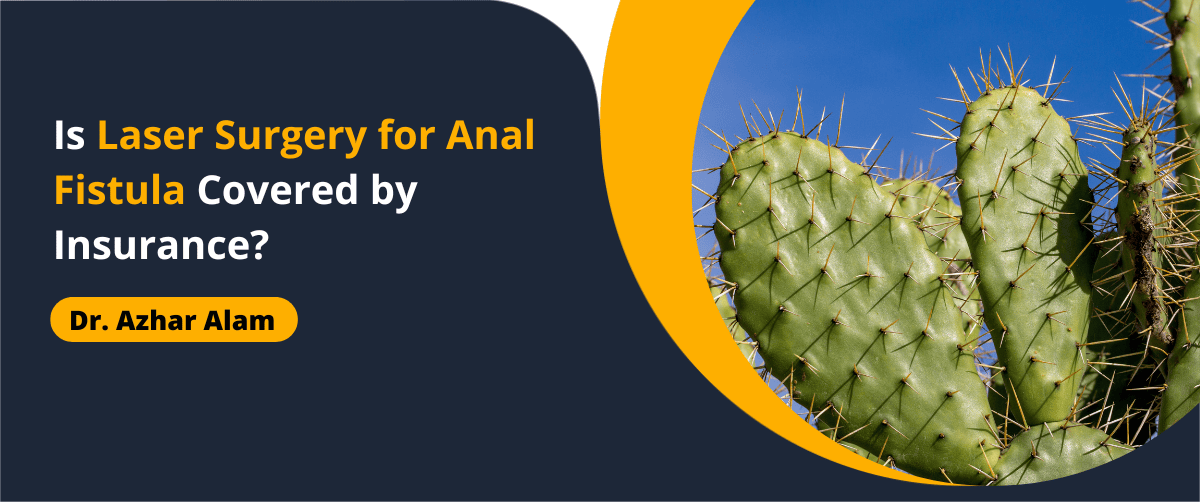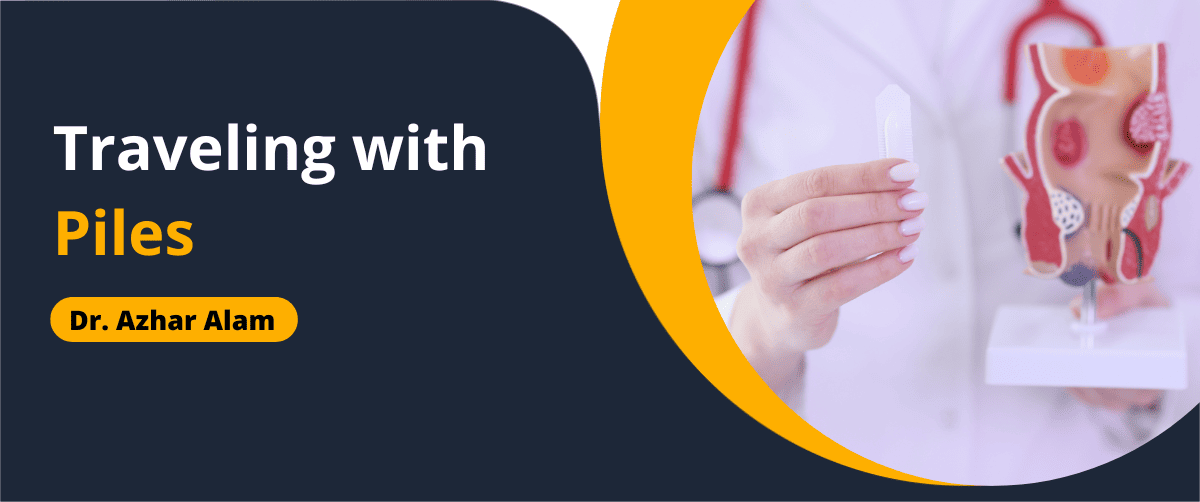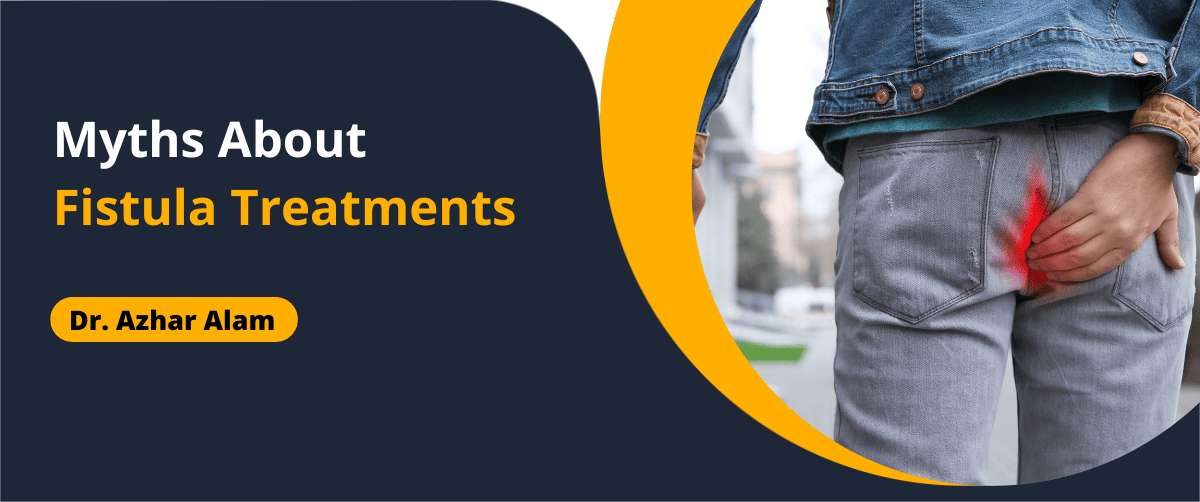The Evolution of Fistula Treatments: From Traditional Surgery to Advanced Laser Techniques
For centuries, anal fistulas have been a challenging medical condition, often requiring complex and painful surgical interventions. However, with the evolution of medical technology, treatment options have dramatically improved, offering patients less invasive and more effective solutions. Today, laser fistula treatment stands out as one of the most advanced techniques, ensuring quicker recovery and minimal discomfort. In this article, we’ll explore the transformation of anal fistula treatment, from traditional surgical approaches to cutting-edge laser procedures.
Traditional Approaches to Fistula Treatment
Historically, anal fistulas were treated using surgical methods that involved extensive cutting and prolonged recovery periods. Let’s take a look at some of the most common traditional techniques:
- Fistulotomy
- One of the oldest and most widely used procedures, a fistulotomy involves cutting open the fistula tract to allow it to heal naturally from the inside out. While effective, this method can be painful and requires a significant healing period.
- Seton Placement
- A seton is a surgical thread placed through the fistula to help drain infection and encourage healing. While this approach helps prevent damage to the sphincter muscles, it often requires multiple procedures, leading to extended treatment times.
- Fistulectomy
- This procedure involves completely excising the fistula tract, which can be highly effective but is often associated with a longer recovery and potential risks of complications like incontinence.
- Flap Procedures
- Advancement flap techniques use a piece of healthy tissue to cover the internal opening of the fistula, promoting healing. While this method has improved outcomes, it is still a complex surgical procedure with a risk of failure.
Must Read: Is Laser Surgery for Anal Fistula Covered by Insurance?
The Shift Towards Minimally Invasive Treatments
While traditional treatments have helped many patients, they often involve significant pain, prolonged hospital stays, and potential complications. As medical science has advanced, there has been a strong push toward minimally invasive techniques that prioritize patient comfort and faster healing.
One of the most significant breakthroughs in anal fistula treatment is the introduction of laser technology, which has revolutionized the way fistulas are managed.
Understanding Laser Fistula Treatment
Laser fistula treatment is a state-of-the-art procedure that uses laser energy to close the fistula tract without requiring large incisions. The technique, often referred to as FiLaC (Fistula Laser Closure), is designed to seal the fistula internally, reducing the risk of recurrence and complications.
Key Benefits of Laser Fistula Treatment
- Minimally invasive: Unlike traditional surgeries that involve cutting, laser treatment requires only a small probe to deliver targeted laser energy.
- Reduced pain and discomfort: Since the procedure does not involve large incisions, patients experience significantly less pain post-surgery.
- Faster recovery: Most patients can return to their normal activities within a few days, unlike conventional surgeries that require weeks of healing.
- Lower risk of infection: The laser energy effectively sterilizes the tract, reducing the likelihood of post-surgical infections.
- Minimal damage to surrounding tissues: The precision of the laser ensures that only the affected area is treated, preserving the integrity of the sphincter muscles.
- Higher success rates: Compared to traditional surgeries, laser treatments have shown promising long-term outcomes with a lower recurrence rate.
Why Choose a Fistula Doctor in Kolkata for Laser Treatment?
If you’re considering laser fistula treatment, choosing an experienced Fistula Doctor in Kolkata is crucial for ensuring the best results. Dr. Azhar Alam, a leading proctologist, specializes in advanced anal fistula treatment and has helped numerous patients recover with minimally invasive techniques.
What to Expect During Laser Fistula Treatment?
- Consultation & Diagnosis
- Your fistula doctor will perform a thorough examination, which may include imaging tests like an MRI or ultrasound to assess the complexity of the fistula.
- Procedure Preparation
- Laser treatment is typically performed as a daycare procedure under local or general anesthesia.
- Laser Closure
- A thin laser probe is inserted into the fistula tract, delivering controlled laser energy to close and seal the tract internally.
- Post-Treatment Recovery
- Since the procedure is minimally invasive, most patients can resume daily activities within a few days, with minimal post-operative care required.
Final Thoughts
The evolution of anal fistula treatment from traditional surgeries to advanced laser techniques has provided patients with more effective and less painful options. Laser fistula treatment has emerged as a game-changer, offering a safer, quicker, and more comfortable healing process.
If you are struggling with an anal fistula and looking for the best Fistula Doctor in Kolkata, consulting Dr. Azhar Alam can help you explore modern treatment options and find the most suitable solution for your condition.
Don’t let anal fistula discomfort hold you back—advanced treatments are now within your reach!
